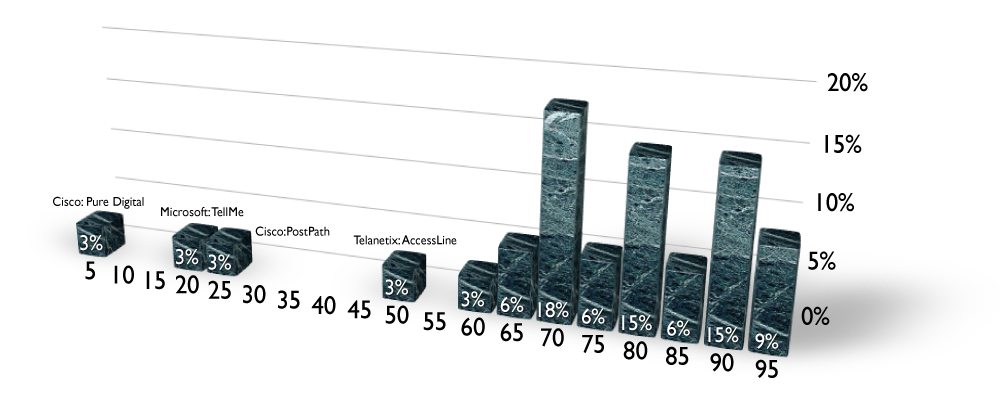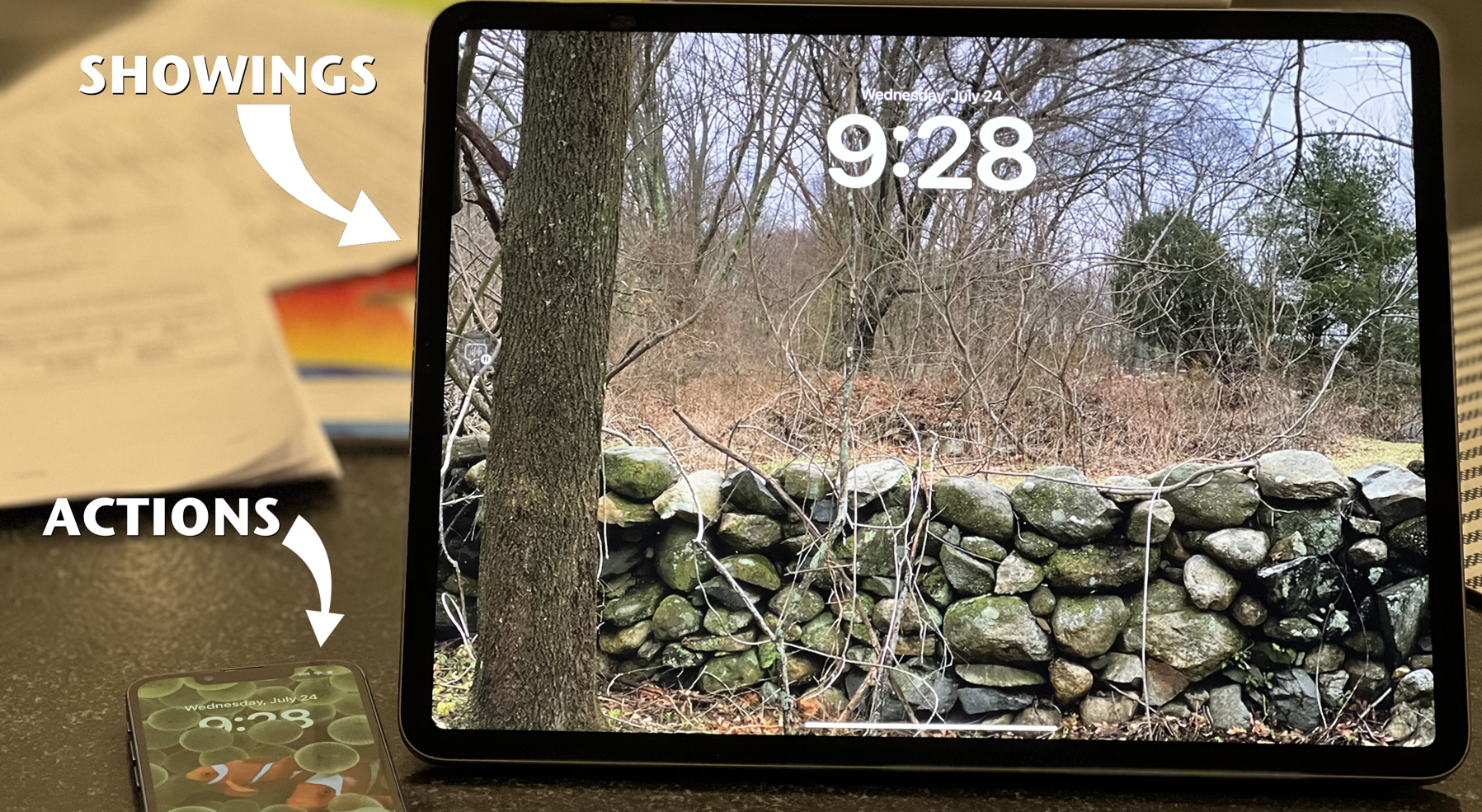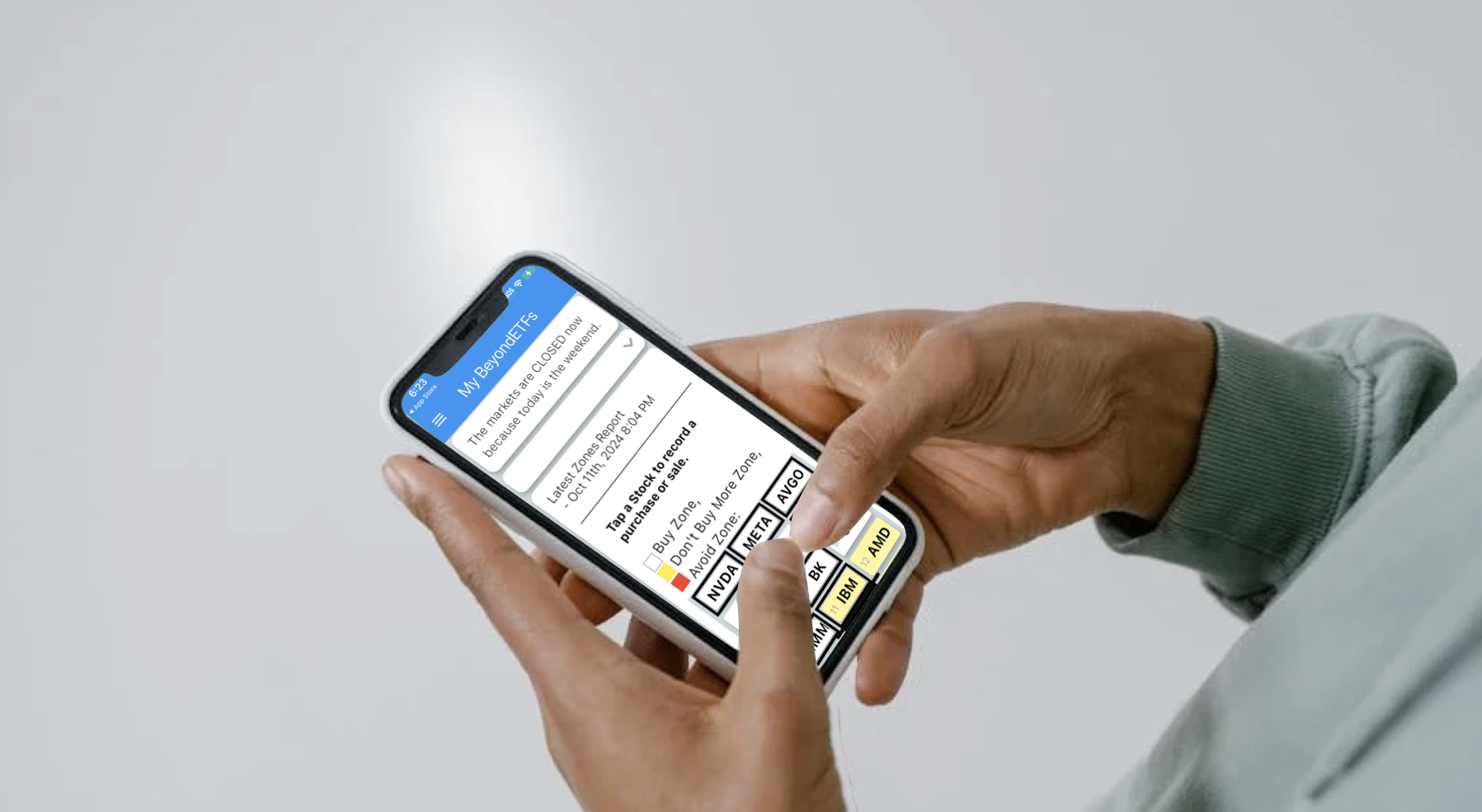![]() Amazing week for deals. The sale of Siemens Enterprise is something that's been talked about (even publicly) by Siemens executives, but after being up and around for soooo long, no doubt they were glad to announce that there's a deal in place.
Amazing week for deals. The sale of Siemens Enterprise is something that's been talked about (even publicly) by Siemens executives, but after being up and around for soooo long, no doubt they were glad to announce that there's a deal in place.
Siemens will combine the assets, people and resources of Siemens Enterprise with The Gores Group's Enterasys Secure Networks and SER Solutions to create an enterprise-focused joint venture between Siemens and The Gores Group. Siemens will retain 49% while The Gores Group will have majority share. The new JV will be capitalized with 350 million Euros provided 50-50 by The Gores Group and Siemens.
Siemens' position in the marketplace is defined by the origins of the firm as Rolm in 1969, then as division of IBM in 1984 and then the unit was sold to Siemens in 1990 and now in 2008 it's in a JV again. Siemens Enterprise has a significant direct sales model, achieving 82% of its sales through the direct sales model, which compares with an estimated 94% through channels for Nortel.
Enterasys is similarly focused on direct sales based on its history as the 2000 networking paper spinout of Cabletron. The company did IPO in 2001 and in 2006 was taken private by The Gores Group. More recently the company had seven profitable quarters which spurred the CEO to announce he was set to go on an acquisition spree in February 2008.
SER Solutions is a contact center specialist software developer that includes predictive dialing software, CTI functionality, contact software integration, agent quality service management and speech analytics.
Here's the Brockmann Deal Report Card:
Strategic Fit [5/5].
These three product groups have complementary products and distribution models, and probably have higher density of common customers (at least Enterasys and Siemens do, I would think) than might have been achieved randomly.
Timing [2/5].
Siemens has worked hard to make this deal happen. Laying off 4,000 employees, and continuing to introduce new products (UC server, OpenScape Video) are important steps that should have been done two years ago, prior to the first Siemens discussion about being shopped. This was right around when Siemens-Nokia JV was formed, and private equity was being well financed by cheap loans (not any more).
Customer Demand [3/5].
There aren't any economies of scale here. Each unit sells to a unique department/functional specialist that doesn't typically get involved in the others' business. Nortel learned this painfully, that a converged network solution is easier to say than to build or sell.
Potential [4/5].
These markets – contact center software, enterprise networking and enterprise telephony – are mature and slow growing. Customers are quite loyal often because their users are trained in using the nuances of these products and with a gentle evolution product upgrade cycle, they are rarely completely replaced. Given the customers they have, this business will quickly become profitable and will stay that way so long as they continue to respect their customers' needs.










